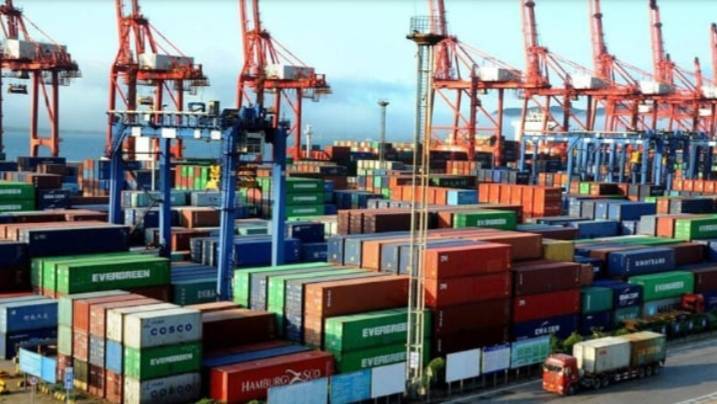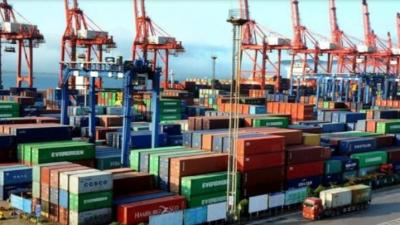Despite the economic and financial crisis in Lebanon, the import figures for 2022 came as a significant surprise, as the value of goods and materials imported during the year reached $19 billion and 53 million, approximately the same levels as in 2019 and slightly lower than the 2018 levels, which were around $20 billion. Researcher at the International Information Center, Mohammad Shamseddine, noted in a conversation with Al-Diyar that the import rate in the past year returned to pre-crisis levels, while import figures for 2021 were $13 billion and 641 million. This indicates an increase in imports of $5 billion and 412 million, or 40%, between 2021 and 2022, which is a very significant rise.
Regarding the reasons for this increase in imports, Shamseddine mentioned several factors. First is the rise in the value of foreign goods, particularly grains, food items, oils, and others, as well as the increase in oil prices and petroleum derivatives. He pointed out that the value imported by Lebanon in 2021 was around $3 billion and 100 million, which increased to $5 billion and 300 million in 2022, despite the quantity being lower, indicating a $2 billion rise due to increased oil prices.
Another reason for the rise in imports, according to Shamseddine, is that traders started importing storable goods such as tires, cars, spare parts, perfumes, cosmetics, and clothing early last year in anticipation of the customs dollar increase to 15,000 Lebanese pounds, effective December 1, 2022. He emphasized that in 2021, Lebanon imported 22,000 cars, while in 2023, 32,000 cars were imported in advance of the customs dollar increase, confirming that all storable goods without expiration dates saw a rise in imports last year.
Shamseddine expects the import bill for 2023 to be lower than last year's and anticipates a return to around $13 billion because many goods are stored, revealing information from customs that there has been a slowdown in imports during the first two weeks of the current year, as well as a slowdown in opening letters of credit for imports at banks.
He further states: Economic experts predicted that exports would increase due to the collapse of the Lebanese pound, leading to lower prices for Lebanese products. However, the surprise was that exports in 2022 reached $3 billion and 492 million, compared to $3 billion and 886 million in 2021, a decline of $394 million. The reason for this, despite the collapse of the Lebanese pound, is that the raw materials used for manufacturing are paid for in dollars. Additionally, the lack of electrical power and reliance on generators raises production costs. Consequently, Lebanese industrial or agricultural production is unable to compete due to higher costs compared to Syria, Egypt, or Turkey, preventing an increase in export rates and benefiting from the collapse of the Lebanese pound.
Regarding the import of medicines, Shamseddine discussed the decline in medicine imports during 2022. After the medicine bill in 2018 was about $964 million, with 10,219 tons of medicines imported, it dropped to $713 million in 2020, then to $508 million in 2021, and saw a significant decline in 2022 reaching $343 million, with a total of 6,171 tons of medicines.
Shamseddine considered this decline in medicine imports to be very significant and attributed the reasons to many Lebanese people being unable to afford medications, especially after subsidies were lifted, with many preferring to endure illnesses and pains rather than purchasing medicines. The second reason for the decline in medicine imports, he stated, is that we now import medicines of different types and lower costs. Additionally, the best gift expatriates bring to their families when they come to Lebanon is a medicine bag, which costs half of what it is in Lebanon, leading to complaints from pharmacists due to a drop in their sales, warning that these medicines may be counterfeit.




